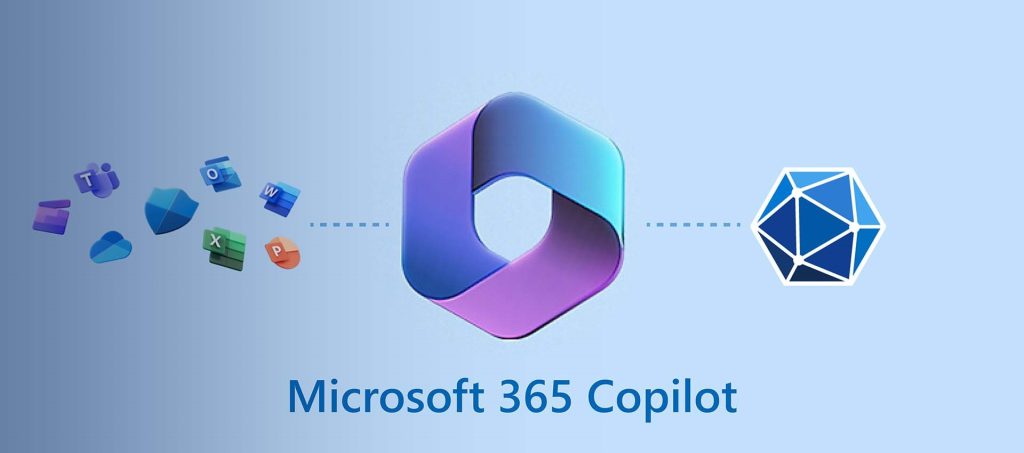Best Practices for Successful Implementation
As a professional with years of experience in ERP (Enterprise Resource Planning) software implementation, I have seen companies make the mistake of extensively modifying their ERP software during the implementation process. While modifications may seem like the perfect solution to address specific business needs, they can significantly impact the success of the migration. In this article, I will share the risks of extensive modifications in ERP software implementation and best practices for a successful ERP migration.
The risks of extensive modifications in ERP Software Implementation
Extensive modifications in ERP software implementation can lead to a range of problems. One of the main risks is that it can cause delays in the migration process. When companies try to modify the software to fit their specific business needs, they often end up altering the core functionality of the system. As a result, the software may not work as expected, leading to delays and rework.
Another risk of extensive modifications is that they can increase the total cost of ownership (TCO) of the ERP system. Customizations require additional development, testing, and maintenance efforts, which can add to the overall cost of the system. Moreover, customizations can create dependencies on specific vendors or consultants, making it harder for companies to switch to a different ERP system in the future.
Extensive modifications can also make it difficult to upgrade the ERP system. When companies modify the software, they create a unique version of the software that may not be compatible with future releases. As a result, upgrading the software can be a challenging and time-consuming process, which can lead to more delays and costs.
How to avoid extensive modification in the ERP implementation as it is necessary to have a system that covers all segments.
Avoiding extensive modifications in ERP software implementation is crucial for ensuring the success of the project. Here are some best practices to follow to avoid extensive modification:
- Choose the Right ERP Software Choosing the right ERP software is the first step in avoiding extensive modifications. The legacy system and the newly selected ERP should have a basic technical relationship with each other to have a smooth and validatable data migration and interface setup. This will minimize the need for extensive modifications, and ensure that the system is stable, reliable, and easy to maintain.
- Define Your Business Processes Defining your business processes is essential for successful ERP implementation. It is important to document the business processes and identify areas where the ERP software can be customized to meet the needs. This will help to avoid extensive modifications, as you will be able to identify areas where the software meets your needs, and areas where customization is required.
- Prioritize Your Customizations Prioritizing your customizations is essential for successful ERP implementation. It is important to identify which customizations are essential for your business operations, and which are not. By doing this, you will be able to focus on the customizations that are most important to your business.
- Use Standard APIs and Integration Tools Using standard APIs and integration tools is essential for successful ERP implementation. It is important to use standard APIs and integration tools to integrate with other systems, such as CRM, SCM, and HRM. This will help you avoid extensive modifications, as you will be able to integrate with other systems without making significant changes to the ERP software.
Best practices for successful ERP Implementation – Out-of-the-box functionality
To avoid the risks associated with extensive modifications, companies should implement baseline practices. One is to use the out-of-the-box functionality of the ERP system as much as possible. The out-of-the-box functionality is the standard functionality of the system that requires little or no customization. By using the out-of-the-box functionality, companies can reduce the risk of delays and increase the speed of migration.
Another best practice is to prioritize business needs and requirements during the implementation process. Companies should also involve end-users in the ERP implementation process. End-users are the people who will be using the system on a daily basis, and their input is critical to the success of the implementation. By involving end-users in the process, companies can identify potential issues early on and ensure that the system meets their needs.
Successful ERP migration requires careful planning and execution. Here are some best key practices:
- Develop an Implementation Plan by taking all stakeholders on board Developing an implementation plan is crucial. A comprehensive plan should be in place to outline the steps involved in this process, as well as the roles and responsibilities of the team members involved.
- Test the System Intense System Testing to ensure that it meets your business requirements and that it is stable and reliable. Test instances should be shared with the end users to get accurate feedback.
- Train Your Staff Training your staff is essential. It is important to provide your staff with the training they need to use the new system effectively. This will help to ensure that the system is used correctly and that your business operations are not disrupted.
- Monitor the System It is important to monitor the system to ensure that it is working correctly and that there are no issues that need to be addressed.
The least preferred timing strategy for ERP Implementation – Big bang or a phased approach
While there are several timing strategies for ERP implementation, extensive modifications should be avoided at all costs. Extensive modifications tend to take longer and can be more expensive, which can delay the migration process. Moreover, extensive modifications can make it difficult to upgrade the ERP system in the future.
The least preferred timing strategy for ERP implementation is the “big bang“ approach. The big bang approach involves implementing the ERP system across the entire organization at once. While this approach may seem the most efficient, it can be risky. The big bang approach can lead to delays, errors, and other issues that can impact the success of the migration.
Instead, companies should consider a phased approach to ERP implementation. The phased approach involves implementing the ERP system in stages, starting with the most critical business areas. By doing so, companies can reduce the risk of delays and ensure that the system meets their specific requirements.
How does management’s lack of interest impact ERP Implementation?
Management’s lack of interest in ERP implementation can have a significant impact on the success of the migration. When management is not involved in the process, it can lead to a lack of support and resources, which can lead to delays and other issues.
Moreover, when management is not involved in the process, it can create a lack of understanding of the benefits of the ERP system. This can lead to resistance from end-users, who may not see the value of the system. By involving management in the process, companies can ensure that everyone understands the benefits of the system and is committed to its success.
Conclusion
companies should avoid extensive modifications in ERP software implementation to ensure a successful migration. By implementing best practices, such as using the out-of-the-box functionality of the system, prioritizing business needs, involving end-users, and using a phased approach to implementation, companies can reduce the risk of delays and ensure that the system meets their specific requirements. Management’s involvement is also critical to the success of the implementation, and companies should ensure that management is committed to the process. By following these best practices, companies can achieve a successful ERP implementation and reap the benefits of an efficient and effective ERP system.

















